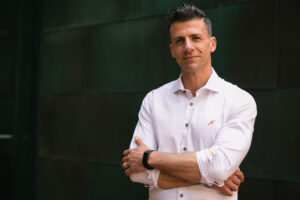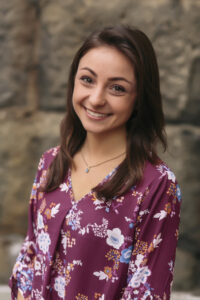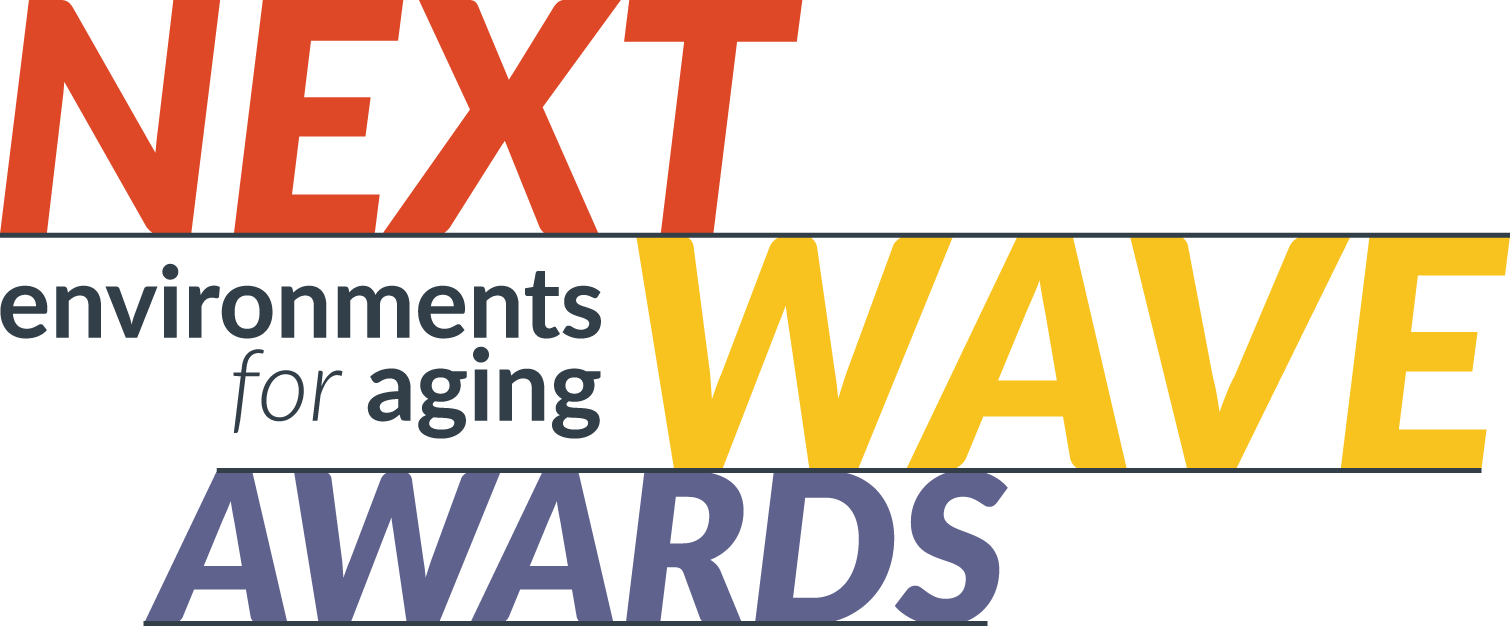The annual Environments for Aging Conference + Expo, held April 13-16 in Atlanta, will feature a variety of keynote and breakout sessions.
Environments for Aging is previewing some of the upcoming educational sessions in a series of Q+As with speakers, sharing what they plan to discuss and key takeaways they’ll offer attendees.
Session: “Designing The Pryde—An Approach to Affinity and Inclusive Design.”
Speakers: Cassandra Michaud, associate, and Philippe Saad, principal, at DiMellaShaffer.
Many underrepresented communities, such as the LGBTQ+ population, do not identify with traditional senior housing communities, which is driving a need for new, more inclusive environments in the market.
This session will discuss The Pryde in Boston (New England’s first LGTBQ+-friendly senior housing), the grassroots research effort that supported the need and desire for LGTBQ+ senior housing, and how that research informed design considerations for the senior living community.
Environments for Aging: How are traditional senior housing communities not meeting the needs of underrepresented communities such as the LGBTQ older population?

Philippe Saad (Headshot credit: Robyn Ivy Photography)
Philippe Saad: When we started developing and designing The Pryde, Boston’s first LGBTQ-friendly senior housing, the notion of inclusivity in senior communities was at the center of the conversation.
Older adults who identify as LGTBQ+ can feel discriminated against or not supported by the leadership of their community, their fellow residents and neighbors, or the on-site care staff.
Sometimes leadership intends to be inclusive; they post a rainbow flag on their doors, or they march in their local gay parade to show support, but they fall short of making sure that internally they are supporting a culture of inclusion at all levels, including staff and residents.
The Pryde is codeveloped by nonprofit LGBTQ Senior Housing Inc. (Hyde Park, Mass.), which has a mission to provide housing that is safe and welcoming for LGBTQ seniors at all levels. There are senior living communities that are inclusive to LGTBQ+ seniors, however, The Pryde has the LGTBQ+ older adult at its center.
How did you gather information to understand the needs of the LGBTQ+ senior population to drive development of The Pryde?
Saad: When we started working on the project in 2015, there was very little data available about the LGTBQ+ senior population. To this day, the research is still sparse.
For this project, we looked for information at Williams Institute (Los Angeles), National Resource on LGBTQ Aging (New York), as well as the LGBTQIA+ Aging Project now affiliated with Fenway Health (Boston).
Additionally, we conducted a survey on housing through the LGBTQAI+ Aging Project, as well as several interviews with seniors in the metro Boston area through LGTBQ+ organizations.
We also used common sense: many of us on the boards of the organizations are LGTBQ+ people and we were able to fill in the gaps with our personal experiences and through talking with friends and the community.
How did these efforts inform the design of The Pryde?

Cassandra Michaud (Headshot credit: Robyn Ivy Photography)
Michaud: We were aware of a desire for a larger number of two-bedroom units, given many LGTBQ+ older adults prefer to continue living with their chosen roommate.
In addition, there was an intentional effort to make all bathrooms and kitchens meet accessibility requirements, to ensure that people can stay at The Pryde as long as possible.
We also know how important third places are for LGTBQ+ people in general. That’s why the building has many spaces where residents and the community can meet and spend time together outside of their apartments.
What are some important considerations for project teams when designing inclusive environments for seniors?
Michaud: We did not want The Pryde to be exclusive to the LGTBQ+ population, nor was this possible because of the Fair Housing Act. We wanted to ensure that our building was integrated into the larger community of Boston’s Hyde Park neighborhood and the city itself. That’s why we carved out 10,000 square feet for The Pryde Community Center, which will be open to residents and community members.
This community center has a library, art room and art gallery, large event space, and office space donated to the 54th Regiment of Hyde Park, a local organization in charge of maintaining historic artifacts of that first military unit of Black soldiers to be raised in the North during the Civil War.
At the end of the day, people, whether LGTBQ+ or not, want to live with dignity and respect in their homes, they want to be accepted for who they are. Careful attention to what inclusivity means for a project like this is crucial to its success.
What’s one takeaway from your session that you hope attendees walk away with?
Saad: I invite attendees to think about this community not as “shelter” against an unfriendly world—although safety is a very important concern—but as a place that is designed to be beautiful, welcoming, and inclusive for the residents and the community.
Sometimes a minority group or an underrepresented community works harder to be accepted. Unfortunately, that’s what LGTBQ+ people do all the time and that’s what we had to do in the years planning for The Pryde, to bring along the neighboring community and the city.
I believe that by accepting others with all their differences, we can build better communities and cities.
For more on the 2024 EFA Conference schedule and registration, visit environmentsforaging.com.








